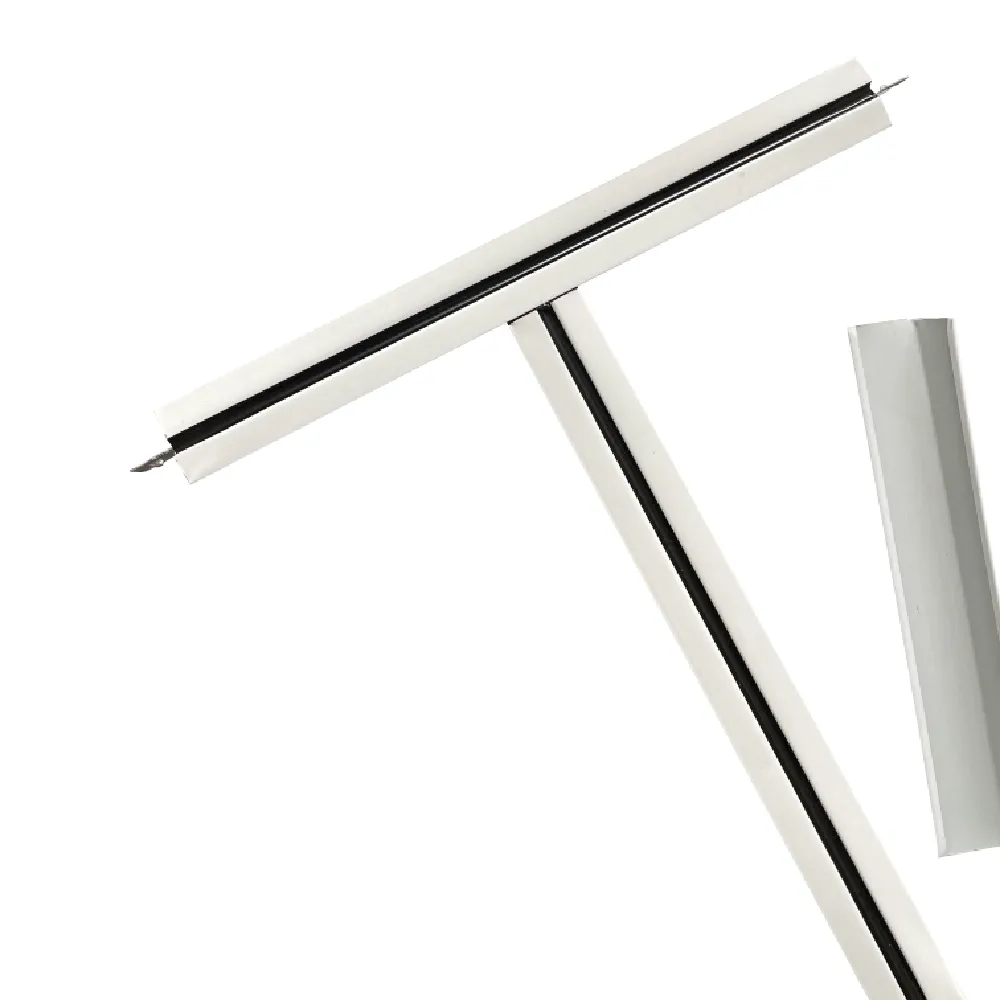- Afrikaans
- Albanian
- Amharic
- Arabic
- Armenian
- Azerbaijani
- Basque
- Belarusian
- Bengali
- Bosnian
- Bulgarian
- Catalan
- Cebuano
- Corsican
- Croatian
- Czech
- Danish
- Dutch
- English
- Esperanto
- Estonian
- French
- German
- Greek
- Hindi
- Indonesian
- irish
- Italian
- Japanese
- Korean
- Lao
- Malay
- Myanmar
- Norwegian
- Norwegian
- Polish
- Portuguese
- Romanian
- Russian
- Serbian
- Spanish
- Swedish
- Thai
- Turkish
- Ukrainian
- Uzbek
- Vietnamese
नवम्बर . 27, 2024 15:38 Back to list
Comparison of PVC and Gypsum Ceilings for Modern Interior Design Choices
PVC vs Gypsum Ceiling A Comparative Analysis
When it comes to interior design and construction, selecting the right ceiling material is crucial for achieving both aesthetic appeal and functional durability. Among the myriad options available, PVC (Polyvinyl Chloride) and Gypsum ceilings are two popular choices. Each material has its unique properties and advantages, making them suitable for different applications and preferences. This article compares PVC and Gypsum ceilings to help homeowners and builders make informed decisions.
1. Material Composition and Properties
PVC ceilings are made from a type of plastic that is lightweight, water-resistant, and easy to maintain. The material is known for its durability and resistance to moisture, making it an ideal choice for areas prone to humidity, such as kitchens and bathrooms. PVC panels are available in various finishes and colors, allowing for an aesthetically pleasing design that can mimic materials like wood or stone.
On the other hand, Gypsum ceilings, often referred to as drywall or plaster ceilings, are made from gypsum plaster sandwiched between two sheets of paper. This material is heavier than PVC and provides excellent sound insulation and fire resistance. Gypsum ceilings can be finished with paint, allowing for a smooth and modern appearance.
2. Installation Process
The installation process for PVC ceilings is relatively straightforward. The lightweight panels can be quickly cut and fitted, requiring minimal tools. They can be installed directly onto existing ceilings or using a frame. Additionally, their resistance to moisture means that they are less prone to warping or damage in humid conditions.
Gypsum ceilings, however, require more time and effort to install. The process involves framing and may require additional steps like taping and mudding to achieve a seamless finish. While the effort can yield a sophisticated and polished look, the installation time can be a significant drawback for some.
When it comes to maintenance, PVC ceilings are generally easier to clean and maintain. They can be wiped down with a damp cloth and are resistant to mold and mildew, making them a low-maintenance option. Their durability also translates into a longer lifespan, especially in high-humidity environments.
pvc vs gypsum ceiling

Conversely, Gypsum ceilings may require more upkeep. They are susceptible to water damage, which can lead to discoloration and mold growth. If damaged, they typically need to be repaired or replaced, which can be a costly and labor-intensive process. While Gypsum ceilings can last for decades with proper care, they do require more vigilance to maintain their condition.
4. Cost Considerations
Cost is a significant factor when choosing between PVC and Gypsum ceilings. PVC ceilings, due to their ease of installation and low maintenance, may be more cost-effective in the long run. The initial cost can vary depending on the design and finish chosen, but the overall investment can pay off with the longevity and reduced maintenance costs.
Gypsum ceilings, while potentially offering a more elegant finish, can be more expensive upfront due to the installation complexity. The costs can increase if extensive repairs or replacements are needed over time, especially in moisture-prone areas.
5. Aesthetic Appeal
Aesthetics play a crucial role in ceiling selection. PVC ceilings offer a vibrant range of colors and designs, allowing homeowners to personalize their spaces easily. They can enhance the ambiance of a room with their various textures and patterns.
Gypsum ceilings, on the other hand, provide a classic and sophisticated appearance. They can be molded into intricate designs, allowing for greater architectural features. However, the raw finish of gypsum may not appeal to everyone, especially those looking for a more contemporary look.
Conclusion
In conclusion, the choice between PVC and Gypsum ceilings ultimately hinges on individual preferences, the specific needs of the space, and budget considerations. PVC ceilings stand out for their moisture resistance, low maintenance, and ease of installation, making them ideal for high-humidity areas. Conversely, Gypsum ceilings can offer superior aesthetics and soundproofing but require more maintenance and upfront costs. By considering the unique properties and advantages of each material, homeowners can make an informed decision that best suits their design aspirations and functional requirements.
-
Transform Interiors with PVC Gypsum Ceiling: A Stylish, Durable, and Moisture-Resistant SolutionNewsMay.19,2025
-
The Smart Interior Upgrade: Discover the Durability and Versatility of Gypsum Ceiling Access Panel SolutionsNewsMay.19,2025
-
The Smart Choice for Interior Design: Discover the Value of PVC Gypsum Ceiling SolutionsNewsMay.19,2025
-
Mineral Fiber Ceiling Tiles: The Smart Blend of Performance and AestheticsNewsMay.19,2025
-
Mineral Fiber Ceiling Tiles: The Superior Choice Over Gypsum for Sound and Fire SafetyNewsMay.19,2025
-
Mineral Fiber Ceiling Tiles: Eco-Friendly Strength and Style for Every CeilingNewsMay.19,2025







